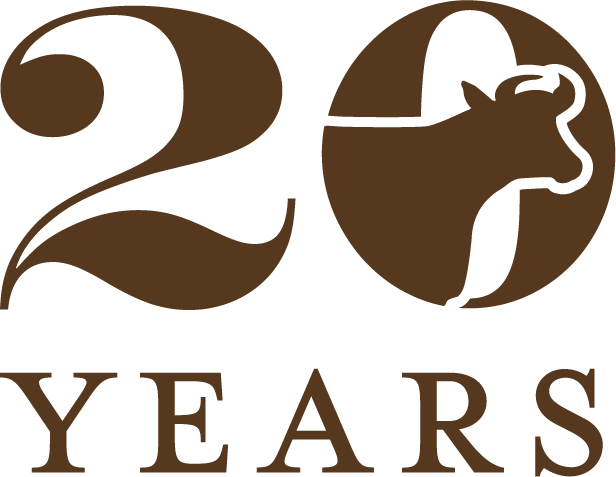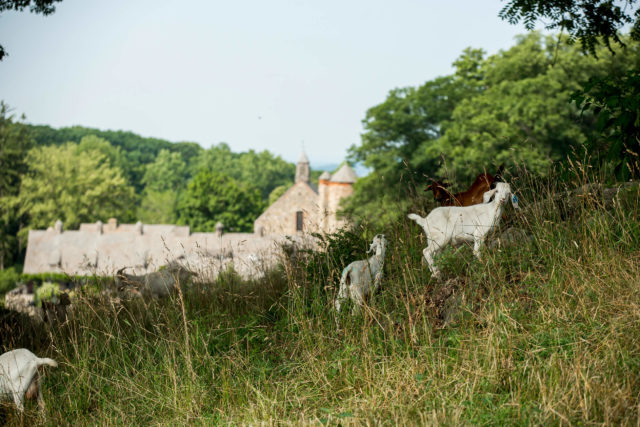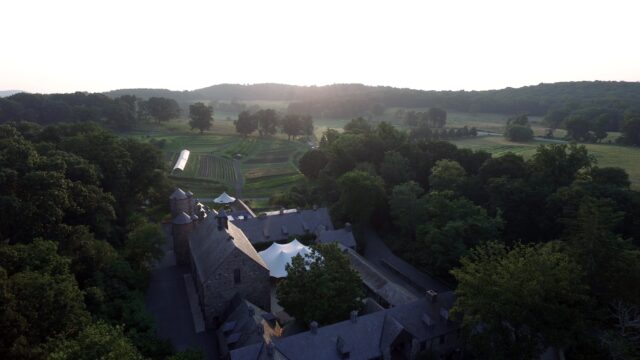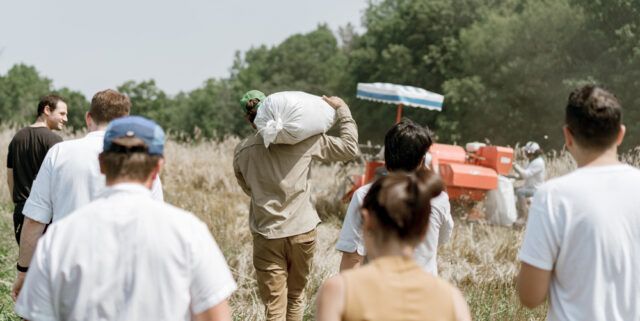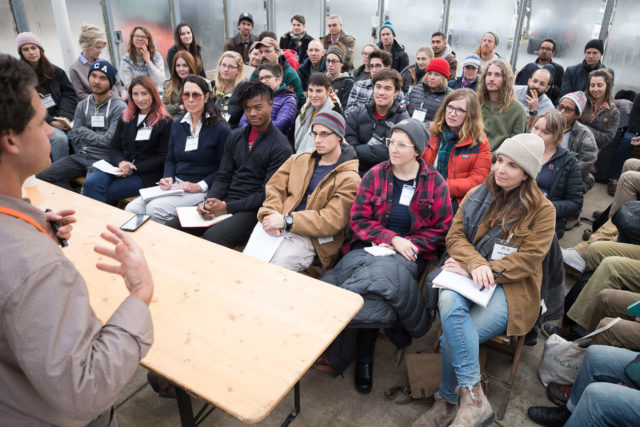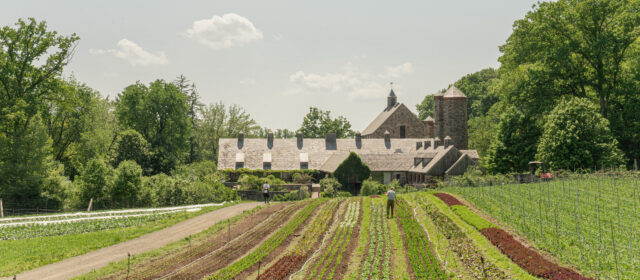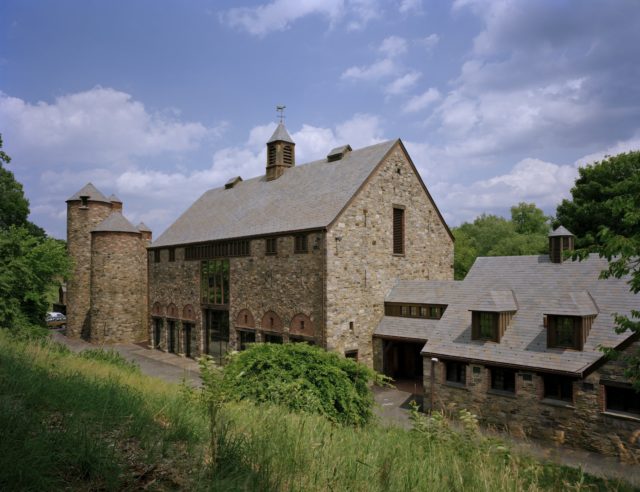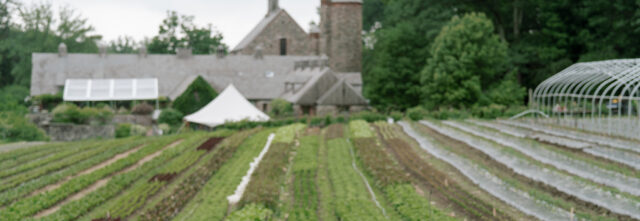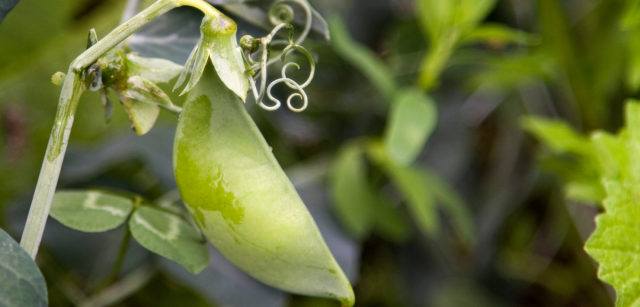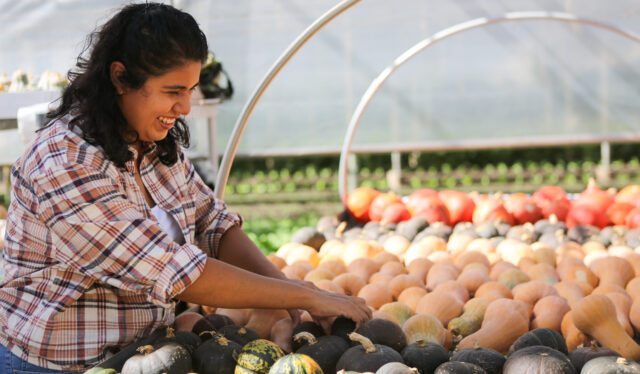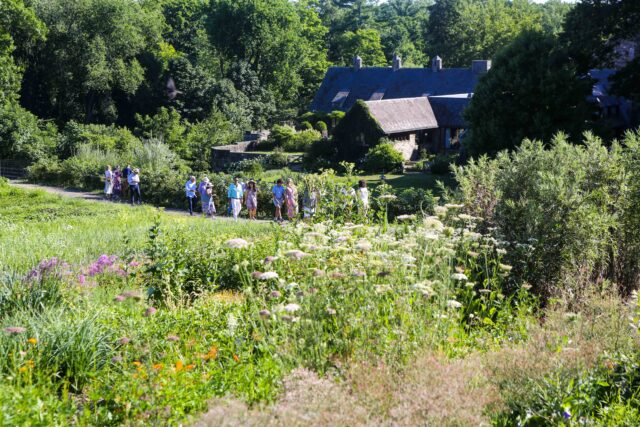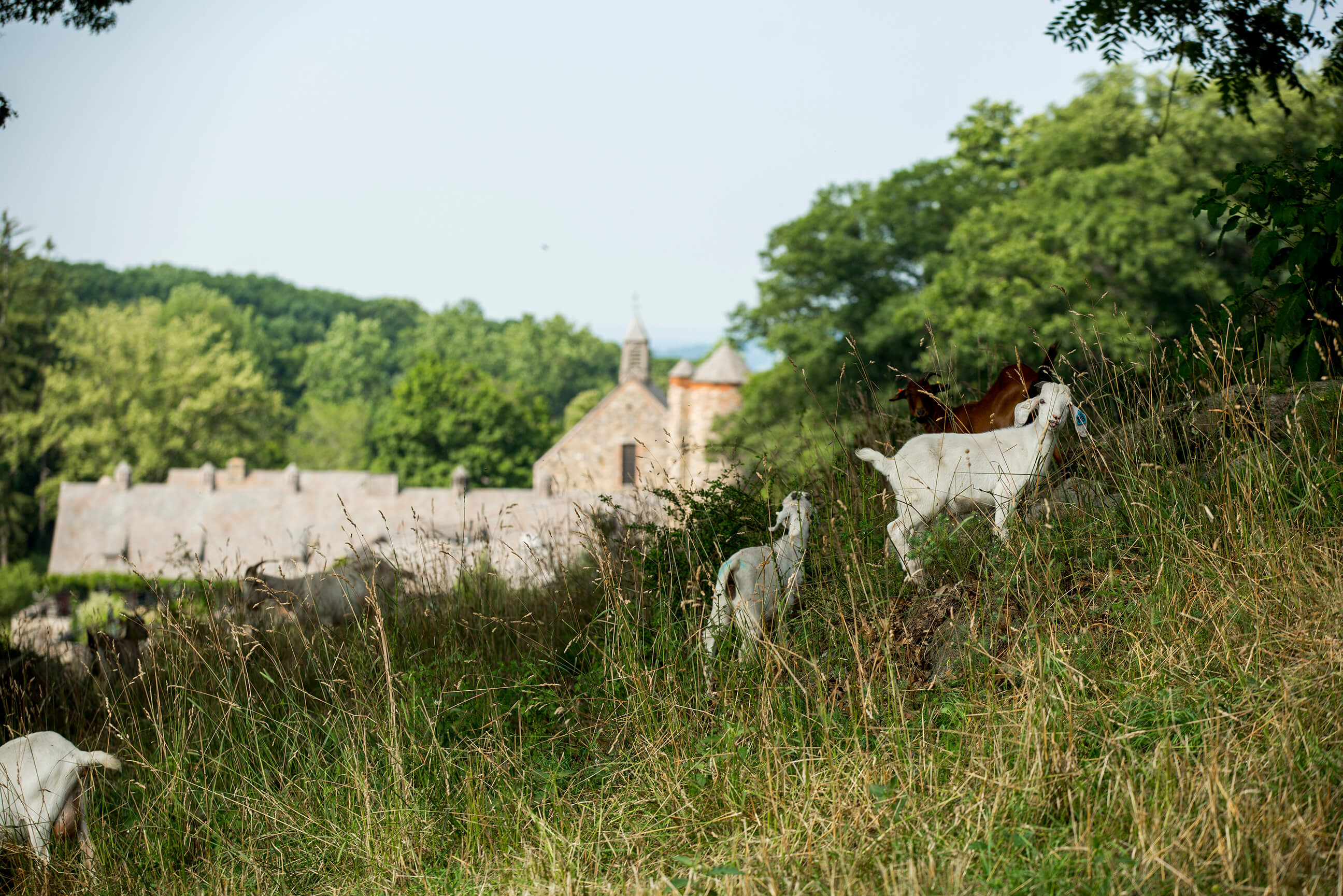Stone Barns Center is now managing 300+ acres in the Rockefeller State Park Preserve
June 2018 marked the beginning of Stone Barns Center’s agricultural management of 350 acres of grasslands bequeathed by David Rockefeller to the Rockefeller State Park Preserve. This transition celebrates the heritage of this magnificent landscape and advances the partnership between the Preserve and Stone Barns through a Conservation Action Plan (CAP) that connects agricultural stewardship and ecosystems management. We are hopeful that over time, this relationship will demonstrate the positive impact that regenerative agriculture can have not only in protecting communities from the worst ravages of climate change, but also in helping reverse the course of global warming.
To learn more about the Conversation Action Plan, please visit our interactive feature on our ecological monitoring program.
For more detail, read about our ecology team’s monitoring methods and our interim report to stakeholders from Fall 2021, which provides an update on a number of key metrics.
We have placed benches at key points along the system of trails across the Preserve where you can observe the dynamic relationships between nature and domesticated systems. We hope you will pause on these benches to take in the abundant beauty of these preserved lands. Download the PDF map here or pick up a hard copy from the Preserve Visitor Center.
The focus of the plan is a multi-species intensive grazing program, which in 2018, the pilot season, included 34 cows, 200 sheep, 30 goats, 800 hens and 300 ducks at a time. We use livestock grazing to manage these protected lands: the animals bring a range of services that have the potential to improve the biodiversity of wild plants and animals, soil health, carbon sequestration, and soil water retention and absorption, while also fortifying the grasslands that the animals themselves rely on.
Key components of our management strategy include:
- Rapid (daily) movement of animals in close herds and flocks to mimic the activities of these species in the wild
- Development of stockpiled winter pastures (in which grass continues to grow throughout the fall to provide winter feed); no haying
- Letting grasses grow longer throughout the season and removing permanent fencing to steward the landscape as contiguous open grassland
- Long-term rotational grazing planning maps that allow us to monitor our progress toward ecological health goals and modify our practices as needed
- Use of poultry to build fertility on depleted fields and pasture areas
- Management of vegetation along trail edges with goat herds to control invasive and undesirable plant species
- Ongoing monitoring of ecological indicators such as ground nesting bird populations, soil health criteria, carbon levels in soil, plant species diversity and water quality with the help of academic and organizational partners
The herds pulse across the open grassland year round in an effort to reduce fuel and equipment use, eliminate fertilizers and chemicals, enliven habitats and improve the overall health of the landscape.
We view this partnership as a vital synergy between agriculture and conservation goals and will demonstrate impact through close monitoring of the ecosystem as it changes. Through the support of the Preserve and Pocantico Hills community, universities, college internships, other nonprofit conservation groups and citizen science, we will be able to put our existing ecological landscape into perspective and observe changes over time.
We have already seen some early successes. For example, for decades the Preserve team has observed the migration of bobolinks, a ground nesting bird species, but noticed that they did not stay to nest in the nearby Buttermilk Hill fields. By watching closely for their arrival and adjusting our grazing schedule accordingly, we were able to provide sufficient habitat for these birds to nest, mate and fledge a new generation. We have also seen an increasing number of wildflower species emerge from the pastures as the land is managed differently. These changes indicate that other threatened species may find refuge and food sources in this evolving ecosystem over time. We hope to see increasing biodiversity of plant and bird species in the future, along with more long-term documented trends in soil health, carbon sequestration and water infiltration. As the future of this program unfolds, we will continue to generate projects that support the health and diversity of this exceptional place.
